SOURCE: AFI


Recent Social media claims by people believed to be Russian accounts that Indian-supplied weapons systems, such as the Pinaka and ATAGS, have underperformed in Armenia’s conditions seem to be part of a broader propaganda effort, fueled by the growing shift in Armenia’s defence procurement towards Indian-made systems. These Russian assertions, which claim that Indian artillery systems cannot perform in Armenia’s terrain, are not only misleading but also lack credibility, especially when one considers the extensive and rigorous testing that these systems have undergone in some of the most extreme conditions on Earth.
Indian defense systems, including the Pinaka multi-barrel rocket system and the ATAGS (Advanced Towed Artillery Gun System), have been tested and successfully operated in challenging environments in India, including the Thar Desert and the Himalayan mountain ranges. These are far more demanding conditions than those found in Armenia, where temperatures can vary but do not reach the extremes encountered in these regions.
Continue readingSOURCE: AFI

Umang Kohli, an Indian Army veteran, recently shared fascinating insights about his experiences with five different tanks during his distinguished career. From driving and firing to commanding some of the most iconic armored vehicles in military history, Kohli’s reflections offer a rare glimpse into the evolution of armored warfare.
Vijayant Tank : “Huge and bulky, I could barely change its gear. It was so heavy that it wouldn’t stop even after pressing the brake—you had to stand on it.” The Vijayant, known for its size and ruggedness, posed challenges in maneuverability. Despite these challenges, it held a special place in India’s armored history as a reliable platform during its era.
Continue readingSOURCE: AFI


The Indian Ministry of Defence (MoD) is hopeful that the upcoming administration in Washington, led by Donald Trump, will adopt a more pragmatic approach to allow India to procure Russian weapons and spare parts. India, one of the largest operators of Russian-origin defense systems, has been grappling with challenges in maintaining its existing inventory due to economic sanctions on the Russian banking system. These sanctions, imposed as part of broader U.S. measures against Russia, have disrupted payment mechanisms and restricted India’s ability to trade freely with Moscow.
The sanctions, particularly on the Russian banking system, have created logistical hurdles for the procurement of critical spare parts and upgrades. These delays threaten the operational readiness of India’s defense forces, forcing the MoD to explore alternatives while lobbying for exemptions or workarounds.
Continue readingSOURCE: IDRW.ORG.


Bengaluru-based NewSpace Research and Technologies Pvt. Ltd. (NRT) has rebranded its High-Altitude Pseudo-Satellite (HAPS) project as “ARKA” and is preparing for a key endurance demonstration. The scaled-down version of ARKA, spanning 8 meters, aims to showcase a 7-day flight endurance capability in the coming months. This milestone will further establish India’s advancements in HAPS technology, which bridges the gap between traditional satellites and aerial platforms.
NRT has already achieved a significant breakthrough, completing its first ARKA flight, which lasted over 21 hours. This success demonstrates the platform’s potential to maintain prolonged high-altitude operations, paving the way for its next ambitious goal of a week-long solar-powered mission.
Continue readingSOURCE: IDRW.ORG.
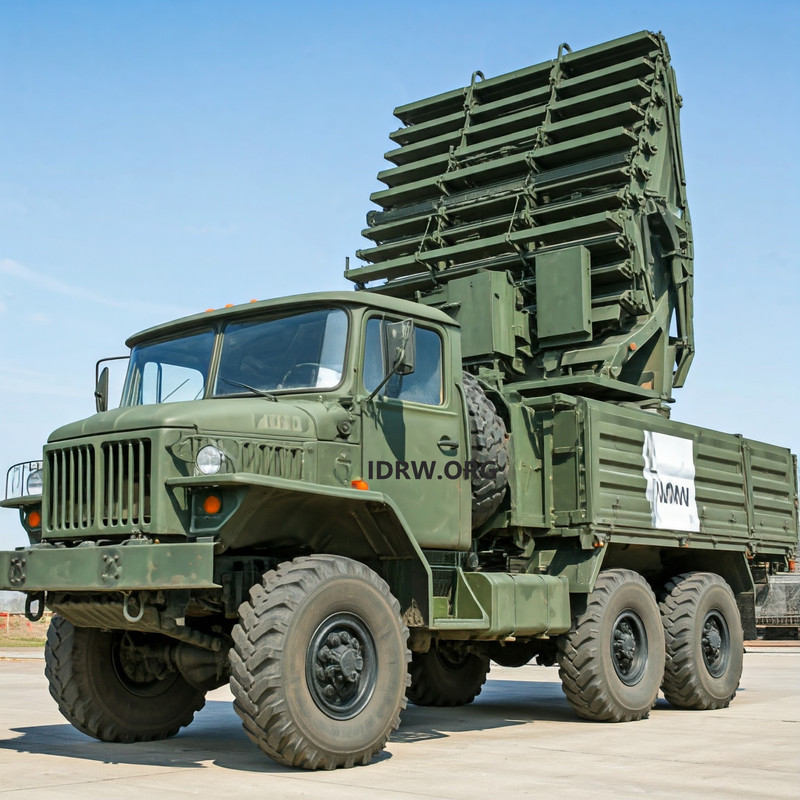

In response to the rising threat of autonomous aerial, surface, and combat vehicles, the Indian Navy has initiated efforts to develop a cutting-edge High-Power Microwave (HPM) weapon system. This advanced weapon system will be designed to counter the growing capabilities of autonomous systems used by adversaries in modern warfare. The Indian Navy’s request emphasizes the need for a High-Power Microwave weapon capable of neutralizing Autonomous Aerial Vehicles (AAVs), Autonomous Combat Aerial Vehicles (ACAVs), and Autonomous Surface Vehicles (ASVs) at ranges exceeding 5 kilometers.
High-Power Microwave (HPM) weapons are emerging as a critical component in modern electronic warfare. Unlike conventional weapon systems, HPM weapons use directed electromagnetic waves to disrupt or disable electronic systems in target vehicles, often rendering them inoperative without causing physical destruction. This ability makes them particularly effective against drones and autonomous systems that rely heavily on electronic sensors, communication links, and control systems.
Continue readingSOURCE: AFI
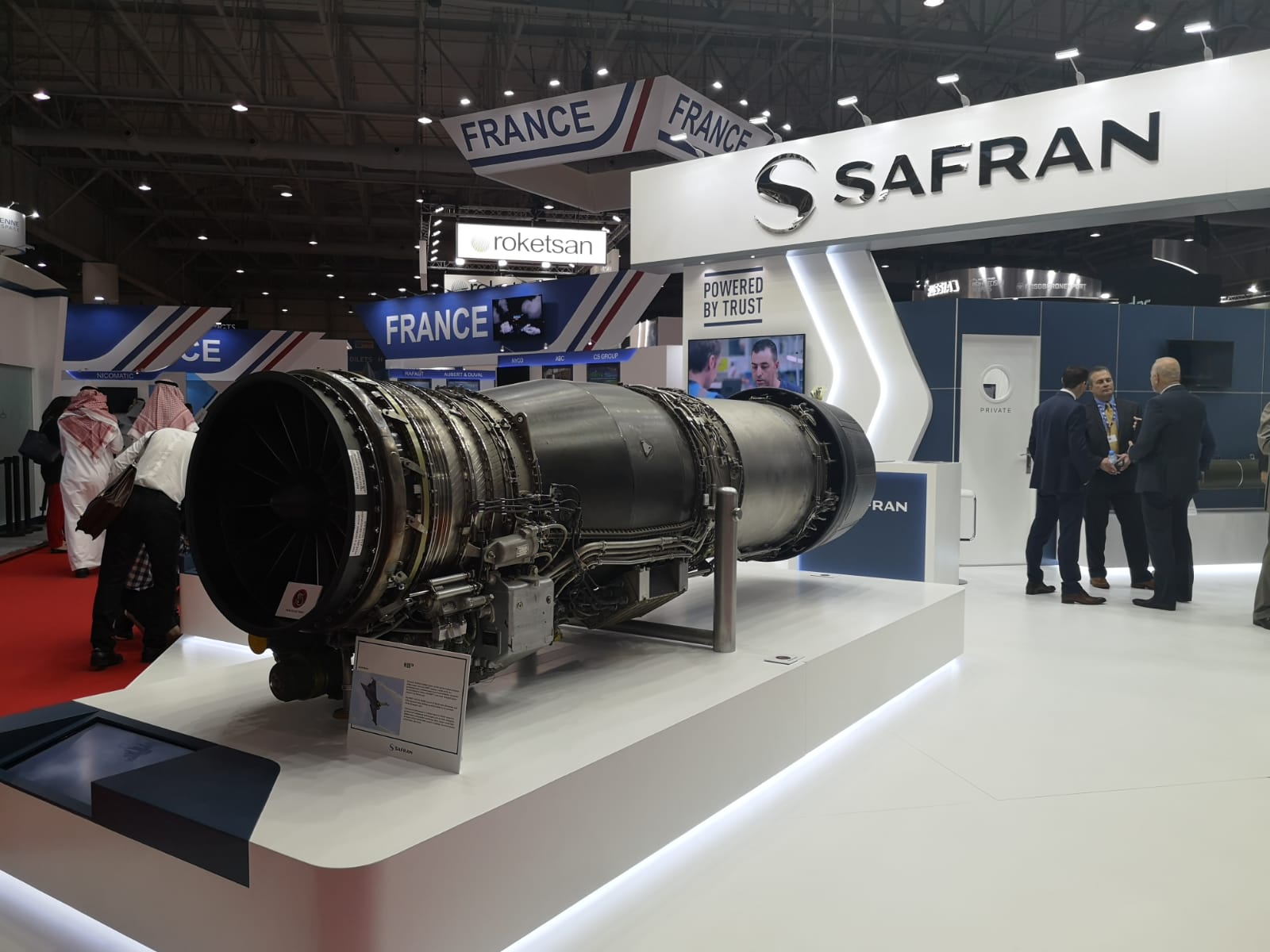

France has extended two pivotal proposals to India, aiming to deepen defense and technological collaboration. Among these, the most groundbreaking is the offer to co-design, develop, and manufacture an advanced aircraft engine in partnership with Indian entities. This collaboration promises full technology transfer, significant proprietary rights, and the potential to revolutionize India’s aviation industry.
At the heart of this proposal is the transfer of expertise in manufacturing single-crystal turbine blades, a critical component of high-performance aero-engines.
Continue readingSOURCE: AFI


State-owned Mishra Dhatu Nigam Limited (MIDHANI) has announced a significant breakthrough in the development of Inconel 718, a high-end superalloy critical for advanced aerospace applications. This alloy, considered one of the most challenging materials to manufacture, is pivotal for the development of aero engines and other strategic technologies in India.
Inconel 718 is widely regarded as one of the most difficult alloys to produce, particularly due to its high strength, resistance to extreme temperatures, and demand for stringent quality standards. MIDHANI has successfully developed a version of this alloy with a 325 mm diameter (over 12 inches), achieving exceptional quality standards and minimal defect levels of just 1.2 mm, a remarkable accomplishment in the field of metallurgy.
Continue readingSOURCE: AFI


India’s quest for self-reliance in defense technology, particularly in aerospace propulsion, has seen significant progress but remains a work in progress. The Gas Turbine Research Establishment (GTRE), the premier research agency under the DRDO responsible for developing indigenous jet engines like the Kaveri and its derivatives, has made strides but faces challenges in meeting global benchmarks. Allowing Indian-origin retired aerospace officials with experience in engine programs to join GTRE as consultants and engineers could provide the much-needed expertise and accelerate the development of world-class propulsion systems.
Over the decades, Indian-origin professionals have made significant contributions to the aerospace sectors of countries like the United States, the United Kingdom, and France. Many of these experts have worked on cutting-edge engine programs, from the Pratt & Whitney and Rolls-Royce jet engines to next-generation propulsion systems for civilian and military aircraft.
Continue readingSOURCE: AFI


The ongoing conflict between Ukraine and Russia has underscored a critical lesson for global powers: the era of quick, small conflicts is over. Wars in today’s interconnected and militarily advanced world are prolonged, economically draining, and geopolitically destabilizing. For China, which harbors ambitious plans to claim territories from neighboring countries, including India, this serves as a stark cautionary tale.
When Russia launched its military operations in Ukraine, many anticipated a swift resolution. However, the conflict has devolved into a protracted war, with no clear end in sight. Both sides have suffered immense human and economic losses, with ripple effects being felt globally.
Continue readingSOURCE: AFI


India’s Line of Control (LoC) with Pakistan is among the most highly monitored and militarized borders globally. The Indian Army is continuously adopting next-gen technology to counter infiltration attempts by terrorists, employing a multi-layered strategy that integrates advanced surveillance, artificial intelligence, and robust communication networks to enhance border security and reduce human risk.
Continue readingSOURCE: RAUNAK KUNDE / NEWS BEAT / IDRW.ORG
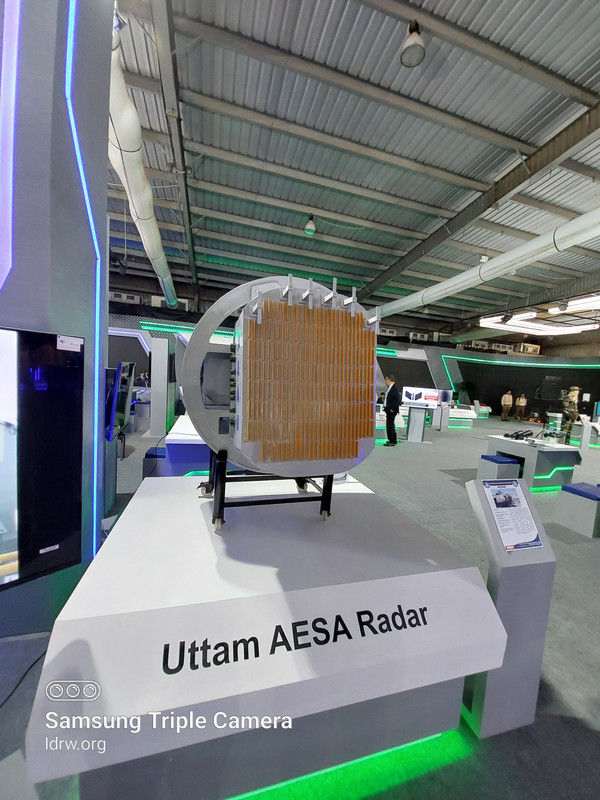

In a significant step towards bolstering Indigenous defence capabilities, Hyderabad-based Astra Microwave Products Limited (AMPL) has been identified to manufacture the Uttam Active Electronically Scanned Array (AESA) Fire Control Radar (FCR) for the Tejas Mk1A Light Combat Aircraft (LCA) program.
This development marks a critical milestone for India’s aerospace sector, as it moves away from reliance on foreign radar systems and embraces an advanced, homegrown solution designed by the Defence Research and Development Organisation (DRDO)’s Electronics and Radar Development Establishment (LRDE).
Continue readingSOURCE: RAUNAK KUNDE / NEWS BEAT / IDRW.ORG
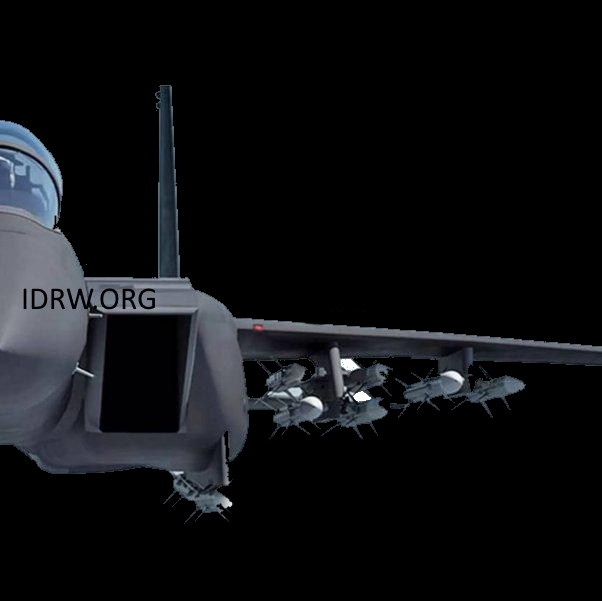

Boeing’s F-15EX, a contender for the Indian Air Force’s (IAF) Multi-Role Fighter Aircraft (MRFA) tender, is set to offer cutting-edge capabilities with its advanced AMBER Missile Racks. These racks will provide unprecedented versatility and operational flexibility, allowing the aircraft to carry a wide array of weapons for various mission profiles.
The F-15EX, known for its exceptional performance, will be equipped with AMBER missile racks capable of carrying up to 22 air-to-air missiles (AAMs), allowing the aircraft to engage multiple airborne threats simultaneously. This high-capacity weapon load will significantly enhance the IAF’s air superiority capabilities in combat scenarios. The flexibility of the AMBER racks does not stop at air-to-air combat; they also offer the ability to carry a combination of small diameter bombs (SDBs) and Joint Direct Attack Munitions (JDAMs) for precision strike capabilities. Specifically, the F-15EX can carry 8 AAMs and 28 SDBs, or 8 AAMs and 7 x 2,000lb JDAMs for heavier strike missions.
Continue readingSOURCE: RAUNAK KUNDE / NEWS BEAT / IDRW.ORG
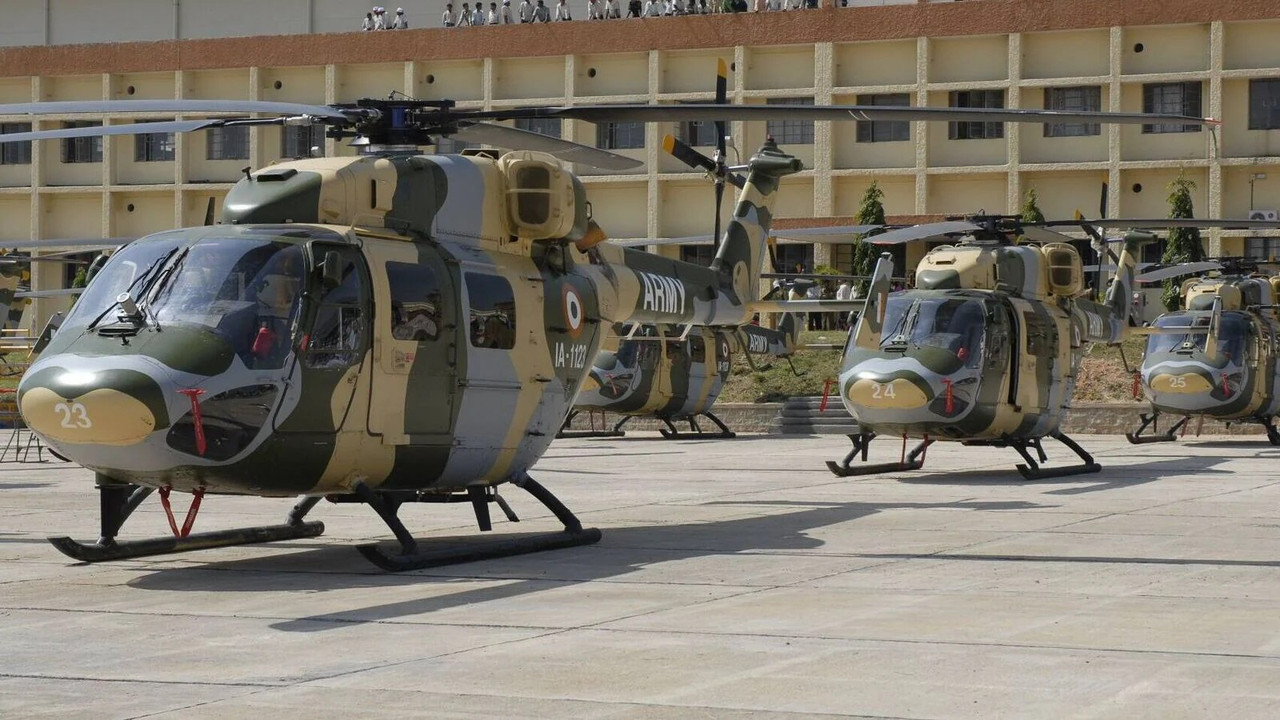

Hindustan Aeronautics Limited (HAL), India’s premier aerospace and defence manufacturer, is on track to achieve a significant production milestone for its Advanced Light Helicopter (ALH) Dhruv. In 2020, HAL rolled out the 300th ALH Dhruv from its assembly line, a testament to the platform’s popularity and operational versatility. With steady orders from the Indian Armed Forces, including 34 additional units in the current fiscal year, HAL is confident of reaching the 500-unit mark by 2028 or early 2029.
The journey of the ALH Dhruv began in 1992 when the prototype conducted its maiden flight, showcasing the potential of India’s indigenous helicopter manufacturing capability. The Dhruv platform has since become one of HAL’s flagship products, with significant improvements over the years, particularly in avionics, powertrain, and mission-specific configurations.
Continue readingSOURCE: AFI


The Indian Navy has added a cutting-edge capability to its arsenal with the induction of the indigenously designed and developed Laser Ordnance Disposal System (LORDS-N). This state-of-the-art system, created by DRDO’s Centre for High Energy Systems and Sciences (CHESS), Hyderabad, marks a significant step forward in India’s indigenous defense technology development.
The LORDS-N system is designed for the safe, efficient, and rapid disposal of unexploded ordnance and life-expired ammunition. Its laser-based technology minimizes risk to personnel and enhances precision in neutralizing potentially hazardous materials. The system represents a leap forward in ordnance disposal, replacing older, less efficient methods.
Continue readingSOURCE: AFI


In a recent interview with Sputnik India, Group Captain Uttam Kumar Devnath (Retd.) highlighted the potential interest of the Indian Armed Forces in acquiring or developing a weapon system akin to Russia’s Oreshnik missile. Known for its devastating battlefield impact and its nearly impossible-to-detect signature, the Oreshnik missile has been a focal point in the ongoing Russia-Ukraine conflict, showcasing advanced stealth and precision.
The Oreshnik missile is celebrated for its ability to evade enemy detection systems while delivering pinpoint strikes on critical targets. This has earned it the reputation of a game-changer in modern warfare. Its stealth, speed, and advanced guidance systems make it exceptionally challenging for adversaries to counter.
Continue reading